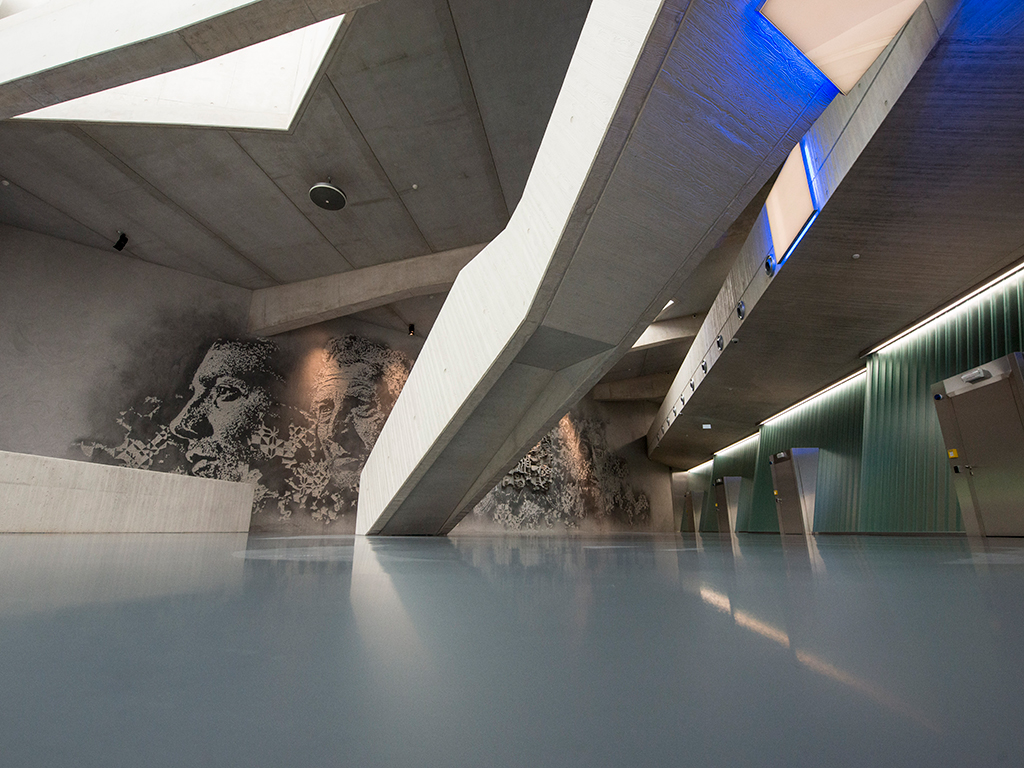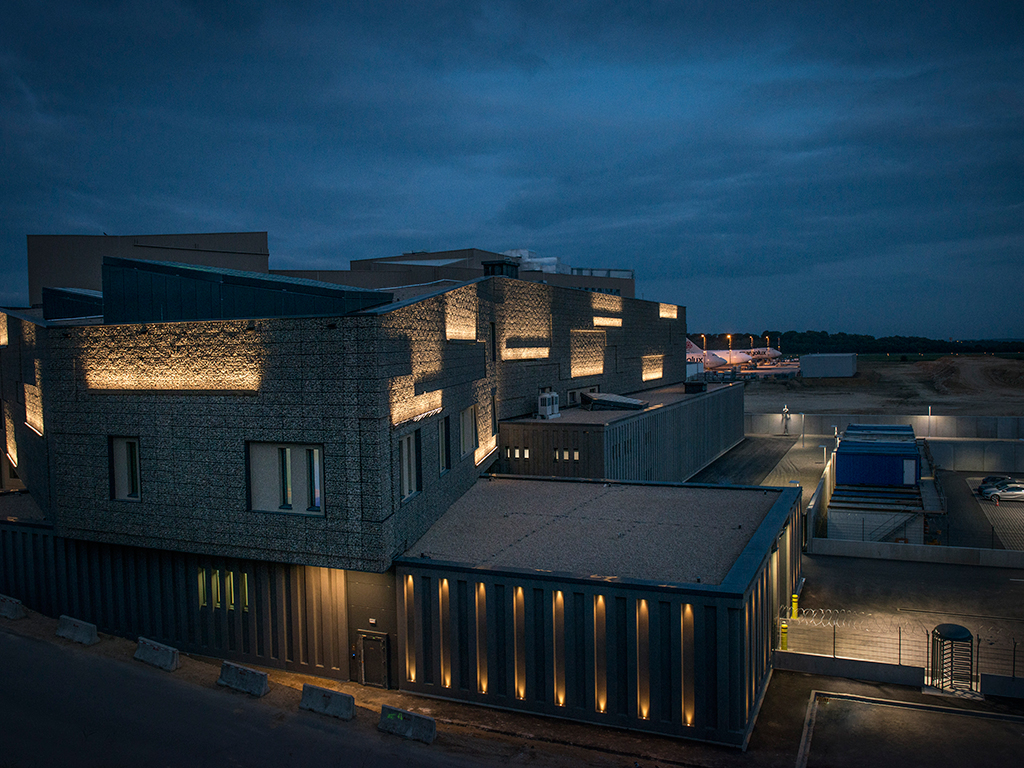
Luxembourg refuses to stand still. Obsessed with diversifying its economy, it has begun the process of raising its standing in the international community as a logistical powerhouse. Home to the European Parliament in Kirchberg, its geographical position makes it the gateway to Europe. Through recent develops like the Luxembourg Freeport, as well as proposals to amend its tax regime, the country is setting the stage to become a tax-free hub for high-value assets, such as art, antiques and even fine wine.
The Grand Duchy is increasingly marketing itself as the go-to place for art-related business in Europe. To help aid in its metamorphosis, Luxembourg submitted a proposal to the Chamber of Deputies this year to extend its VAT free zone, as well as overhauling its overall VAT guidelines, so as to better align itself with that of other EU member states. This is a move that is essential for the country to be successful in its objectives.
Smart planning
Luxembourg is renowned for its favourable tax environment and the draft proposal, which is in the process of being ratified by the legislature, aims to enhance the country’s VAT system to better suit the needs of its new venture into the world of art and antiques. If the proposal makes it through the lower chamber, the provisions that it contains will be implemented on January 1 2015, which just so happens to coincide with the wider changes to EU VAT rules for electronic services. Alterations to European VAT rules will alter the place of supply rules, so that VAT is charged at the rate set in the jurisdiction where goods are consumed (the destination principle). This means that suppliers of such services will no longer benefit from reduced rates simply by having operations within the low tax jurisdiction. The changes, spearheaded by the EU Commission, are part of a wider move by member states and OECD countries to reduce incidents of tax avoidance, as well as reducing issues relating to double-taxation. This is bad news for a country that has positioned itself as a haven for big business and will no doubt have a negative impact on the country’s overall tax revenues – but the duchy is already making moves to mitigate the effects.
The Grand Duchy is increasingly marketing itself as the go-to place for art-related business in Europe
Naturally the country is desperate to counteract the impact of the tighter tax regulations which threaten it, so it has been looking to reinvent itself and its economy by opening up new opportunities, through developing its infrastructure in order to improve its position as a logistics hub for high value goods. “Recognised for its favourable and stable tax and regulatory environment, and placed at the junction of major transportation routes, Luxembourg provides a unique and secured access to the European market” says Charlène van Eysinga of Allen & Overy. “This [proposal] will further increase Luxembourg’s appeal for international investors or collectors, aiming to store their valuables at the very heart of the European Union.”
Multiple beneficiaries
The proposal, set to take effect next year, will extend the application of the reduced rate of VAT – which stands at 6 percent – to the importation of art, antiques and other high-value collectors’ items. In doing so, Luxembourg is aligning its VAT system with that of other member states, which in turn will assist it in attracting more imports of high-value goods. “The purpose of this zone is to suspend all VAT payments when goods are covered by the free zone regime” says Christophe Plainchamp of Atoz, a Luxembourg tax advisory firm. “All transactions undertaken in this framework (i.e. supply of goods, intra-community acquisition of goods, importation as well as services in relation to these goods) will benefit from this VAT exemption.”
However, tax will need to be paid once the goods exit the free zone afforded to them by the duchy. “For instance, the exit of the goods within the framework of a sale to a Luxembourg customer will be subject to Luxembourg VAT while goods exported outside the EU from the VAT free zone should remain exempt from Luxembourg VAT” explains Plainchamp. “As an example, the sale of works of art to a Luxembourg or EU non-taxable person would be subject to the 6 percent Luxembourg VAT rate.”
Auction houses will also benefit from the proposal changes, as tax will only be applied on the profits made from the sale of high-value items, which will help in considerably increasing the size of Luxembourg’s art and antiques market. “Overall, this bill is a great initiative that meets the expectations of the art industry” says Karine Bellony of VAT Solutions. “The only sticking point is the raising of the reduced rate from 6 percent to 8 percent, where Luxembourg will lose a competitive advantage in comparison with some other EU countries for the importation of artworks, antiques and collectors’ items.” The government also intends to increase its standard rate from 15 percent to 17 percent at the start of next year, which is a sign that Luxembourg is becoming much more than just a tax haven.

Be free
On top of the positive changes to its tax system, the duchy has finished constructing the Luxembourg Freeport, a state of the art storage complex that will act as home for the high-end valuables the country is hoping to attract. “Le Freeport Luxembourg will significantly contribute to the diversification of the Luxembourg economy, enriching and complementing both its logistics platform and its financial centre” says Etienne Schneider, Deputy Prime Minister and Minister of the Economy, who is extremely proud of the new four-storied facility. It spans 22,000m², providing ample space for the storage and management of art works and valuable goods. The multi-million euro investment is not just an immense warehouse for top quality artwork, however, as it is also where these desirable goods will be bought and sold.
In an interview with the country’s daily newspaper, Luxembourger Wort, David Arendt, General Manager of Natural Le Coultre Luxembourg, the company behind the Freeport project, described how the massive building is more than just an incredibly impressive logistical platform. He explains that a team of experts will be on site in order to provide assurance to customers that goods making their way through the port are the genuine articles. There is even a host of carpenters on staff, responsible for the maintenance and restoration of antiques.
In short, the Freeport aims to be the art and antique industry’s one-stop-shop, as well as helping the country achieve wider goals and secure its future prosperity against a backdrop of increased regulatory scrutiny. “Luxembourg has implemented a robust legal framework to guarantee a total traceability of all goods stored at Le Freeport and to ensure that all activities strictly comply with international standards” says Pierre Gramegna, Minister of Finance, “I am convinced that this project will add a new branch of excellence to our financial sector and enhance its wealth management capabilities.”

